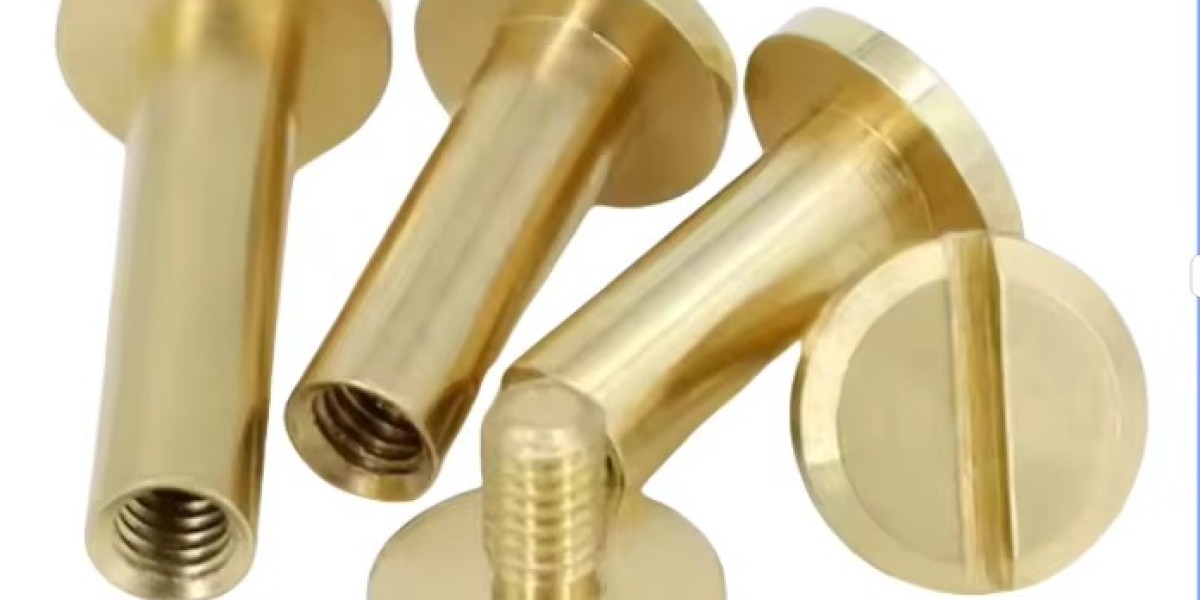In today’s manufacturing landscape, CNC parts production has emerged as a cornerstone of precision engineering. This process utilizes advanced computer numerical control (CNC) technology to create high-quality components that meet the stringent demands of various industries. As businesses seek to enhance efficiency and reduce costs, understanding the intricacies of CNC parts production becomes essential for making informed decisions. This article delves into the stages involved in CNC parts production, highlighting the benefits and applications of CNC machining.
The CNC Parts Production Process
CNC parts production begins with the design phase, where engineers create detailed blueprints of the components using CAD (Computer-Aided Design) software. This digital representation is crucial as it guides the CNC machine in executing precise cuts and shapes. With the design finalized, the next step is to select the appropriate material. Common materials include metals like aluminum and steel, as well as plastics, each offering unique properties suitable for different applications. The choice of material significantly affects the performance and durability of the final CNC parts.
Machining Techniques in CNC Parts Production
Once the material is chosen, the CNC machining process can commence. This involves various techniques such as milling, turning, and drilling. Each method serves a specific purpose and is selected based on the complexity of the part being produced. For instance, milling is ideal for creating intricate shapes, while turning is used for cylindrical components. The precision of CNC machines ensures that each part is manufactured to exact specifications, resulting in minimal waste and reduced production time, which ultimately translates to cost savings for manufacturers.
Quality Control in CNC Parts Production
Quality control is a critical aspect of CNC parts production. After machining, parts undergo rigorous inspection to ensure they meet the required standards. This includes dimensional checks and surface finish evaluations. Advanced technologies such as coordinate measuring machines (CMM) are often employed to verify the accuracy of the produced parts. By implementing strict quality control measures, manufacturers can guarantee that their CNC parts are reliable and perform optimally in their intended applications.
Applications of CNC Parts
CNC parts are utilized across a wide range of industries, including aerospace, automotive, medical, and electronics. In the aerospace sector, for example, precision-engineered components are vital for safety and performance. Similarly, in the medical field, CNC parts are used to manufacture surgical instruments and implants that require the utmost precision. Understanding the diverse applications of CNC parts production underscores its significance in modern manufacturing and the role it plays in driving innovation.
The Future of CNC Parts Production
As technology continues to advance, the future of CNC parts production looks promising. Innovations such as additive manufacturing and artificial intelligence are beginning to influence traditional CNC machining processes. These developments not only enhance production capabilities but also open new avenues for customization and efficiency. Businesses that embrace these changes will be well-positioned to meet the evolving demands of the market and maintain a competitive edge.
In conclusion, CNC parts production is a sophisticated process that combines design, machining, and quality control to deliver high-quality components. By understanding this process, businesses can make informed decisions that enhance their manufacturing capabilities. The precision and versatility of CNC parts make them invaluable across various industries, ensuring that manufacturers can meet both current and future challenges effectively.








